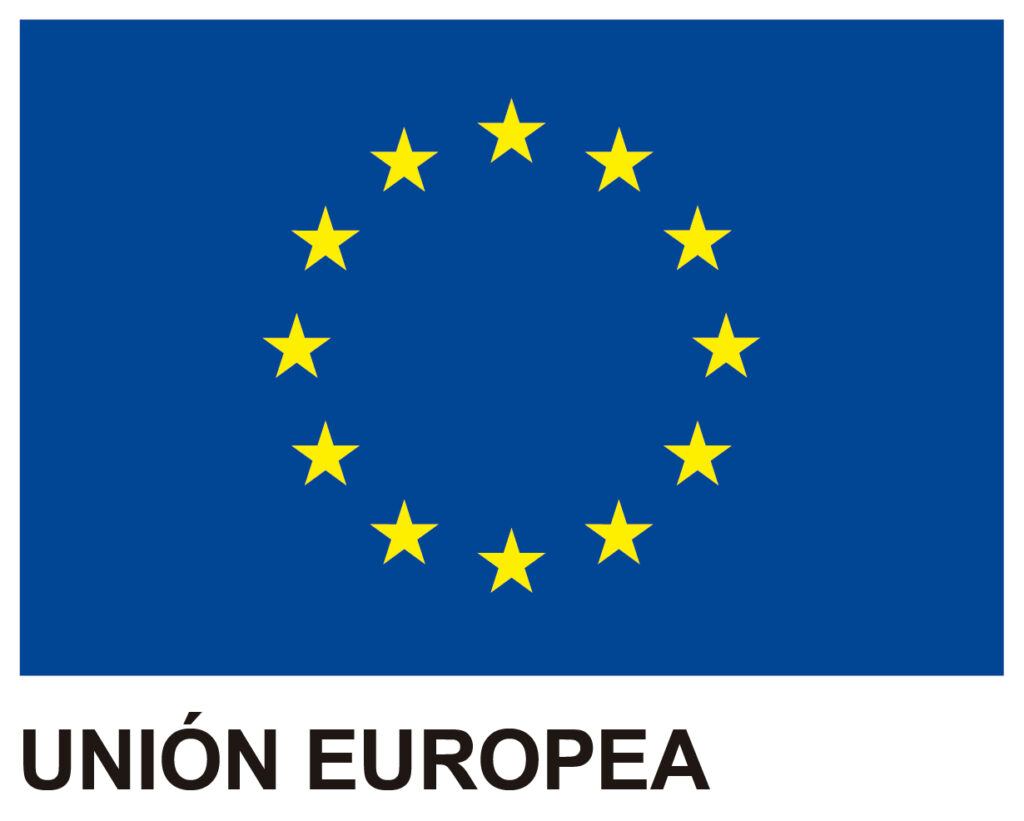Did you know that solid risk management is key to complying with ISO 27001? This is where ISO/IEC 27005:2024 comes into play, the standard specifically designed to support the analysis and treatment of information security risks.
In this article, you’ll discover how these two standards complement each other, why they are essential for an effective Information Security Management System (ISMS), and how you can integrate them to strengthen your cybersecurity strategy.
What is ISO/IEC 27005:2024 and What is its Objective?
ISO/IEC 27005:2024 provides guidelines for managing risks that affect information security. Its mission is clear: to facilitate the application of ISO/IEC 27001 requirements, focusing on the identification, analysis, evaluation, and treatment of risks.
It is applicable to organizations of any sector and size thanks to its flexible and scalable approach.
The Risk Management Cycle According to ISO 27005
The standard establishes a structured process consisting of the following phases:
1. Establishing the context: Internal and external factors influencing security risks are analyzed.
2. Risk identification: Threats that could affect the confidentiality, integrity, and availability of information are detected.
3. Risk analysis: The consequences and probabilities of each identified risk are assessed.
4. Risk evaluation: Each risk is compared with the criteria defined by the organization.
5. Risk treatment: Mitigation, transfer, acceptance, or elimination strategies are selected.
6. Monitoring and review: Continuous improvement is ensured through regular monitoring of the risk environment and the effectiveness of controls.
Methods for Identifying and Evaluating Risks
ISO 27005 contemplates two main approaches for risk identification:
- Event-based approach: based on previous incidents or hypothetical scenarios.
- Asset-based approach: vulnerabilities in information assets and their possible exploitations are analyzed.
Criteria for risk evaluation
- Consequences: potential impact of the risk.
- Probability: likelihood of the event occurring.
- Risk level: combination of the above factors against the organization’s acceptable thresholds.
Risk Treatment Strategies
After evaluating the risks, the standard proposes various strategies to treat them:
- Avoid the risk: Stop performing the activity that generates the risk.
- Reduce the risk: Implement security controls to decrease the probability or impact of the risk.
- Share the risk: Transfer part of the risk to a third party, such as through insurance or contracts with providers.
- Accept the risk: In some cases, the cost of mitigating the risk is greater than the impact of its materialization, so it is decided to accept it.
Monitoring and continuous improvement as a central axis
The risk lifecycle does not end once it has been treated. The standard emphasizes the importance of constant monitoring and continuous improvement to ensure that security controls remain effective against new threats that may arise.
For this, it is recommended to:
- Review risks periodically.
- Evaluate the impact of changes in the organizational context.
- Adjust controls as necessary to maintain security.
How is ISO 27005 Integrated with ISO 27001?
ISO/IEC 27001:2022 establishes the requirements for an ISMS, including risk analysis as an essential element. This is where ISO/IEC 27005 adds value: it provides a detailed framework to implement that risk management effectively.
ISO 27005 is not a certifiable standard, but it is the perfect methodological support to comply with one of the fundamental pillars of ISO 27001 certification.
Benefits of applying ISO 27005 along with ISO 27001
- You strengthen regulatory compliance.
- You optimize decision-making against emerging threats.
- You increase the effectiveness of the ISMS.
- You reduce the likelihood of critical security incidents.
Improve your Cybersecurity Strategy with GlobalSuite Solutions
Integrating ISO 27005 and ISO 27001 allows organizations to establish a proactive and resilient ISMS, prepared to face current challenges in information security.
At GlobalSuite Solutions, we have solutions that allow you to automate the entire risk management lifecycle, from identification to continuous monitoring.
👉 Want to know how to implement it? Contact us and discover how we can help you comply with the most demanding international standards and protect your critical information.



